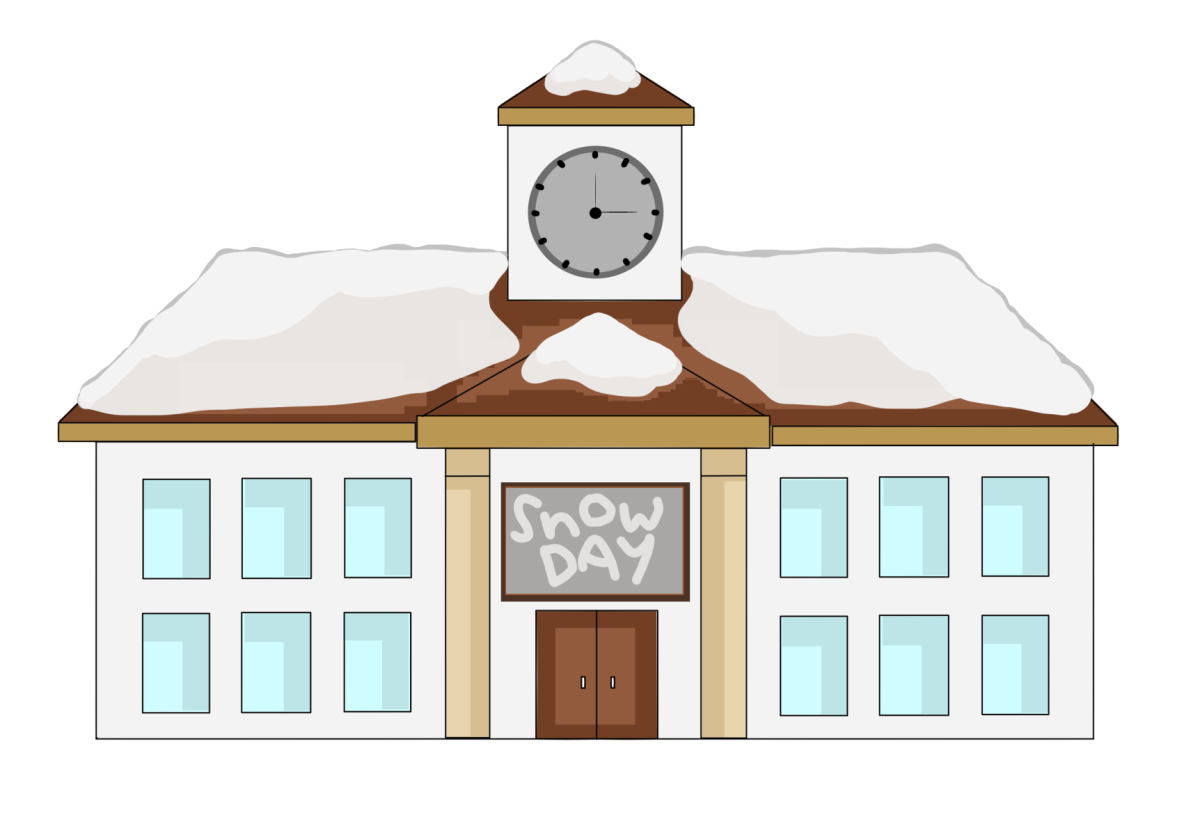Each stormy, rainy or icy winter day, students begin to perform amateur meteorology in order to predict a snow day. Looking at forecasts, Snow Day Calculators and the weather outside, the task of accurately foreseeing a snow day can seem impossible. However, weighing safety concerns and the need for kids to be in school can leave administrators with a lot to think about when calling a snow day.
There is no standardized way to decide snow days across the country. According to Weather Underground, a worldwide weather service, a thin dusting of snow could be enough to cancel school in Southern states, whereas most Northern schools rarely close for snow, instead closing due to extreme cold. It all comes down to if the states have the equipment or infrastructure to safely deal with dangerous weather.
For Mounds View, the primary concern has always been student safety. There is no official metric for how much snow constitutes a snow day. Instead, the administration bases their decision solely on three essential factors: if the buses are not able to run or start reliably, local road conditions are dangerous or there is a sustained wind chill of 40-45 degrees below zero according to Colin Sokolowski, Executive Director of Public Relations for the district. Though a few people are consulted, the final decision is made by Chris Lennox, the superintendent of the Mounds View district.
The district always gets its weather information from the same place. “Like neighboring districts, Mounds View relies solely on forecasts provided by the National Weather Service,” said Sokolowski. He also stated that Mounds View serves seven different cities with a variety of possible weather issues, and school can be cancelled if conditions are dangerous in any of these areas.
There is always the possibility that the wrong decision is made. “Every now and then, they get one wrong, and you’re like, ‘Why are we at school?’” said math teacher Jodie Bias.
However, even the fear of making the wrong decision would not scare district officials into an untimely snow day. “The threat of snow days is just a fact of life for schools in the Midwest. The Mounds View philosophy has always been that it’s best to have school in session unless weather conditions make it unsafe,” said Sokolowski.
In response to the COVID pandemic, the Minnesota Department of Education approved up to five E-learning days, allowing students to continue school on days with bad weather. This is not the default for the district. “Unless otherwise notified, families should not expect instruction to occur on a school day cancelled for severe weather,” said Sokolowski. However, they are still a possibility. “E-learning days are a possibility if our district has several school cancellations within the same school year,” said Sokolowski.
E-learning has proven to be a bit of a controversial topic. “I think a snow day should be a snow day. Let everyone just be outside and have fun,” said Bias.
In the end, the decision of a snow day is never taken lightly, multiple factors are taken into account in order to make the right decision. So, to all the students frantically checking the forecast in hopes of a potential school cancellation, remember these are the main guidelines the school follows.


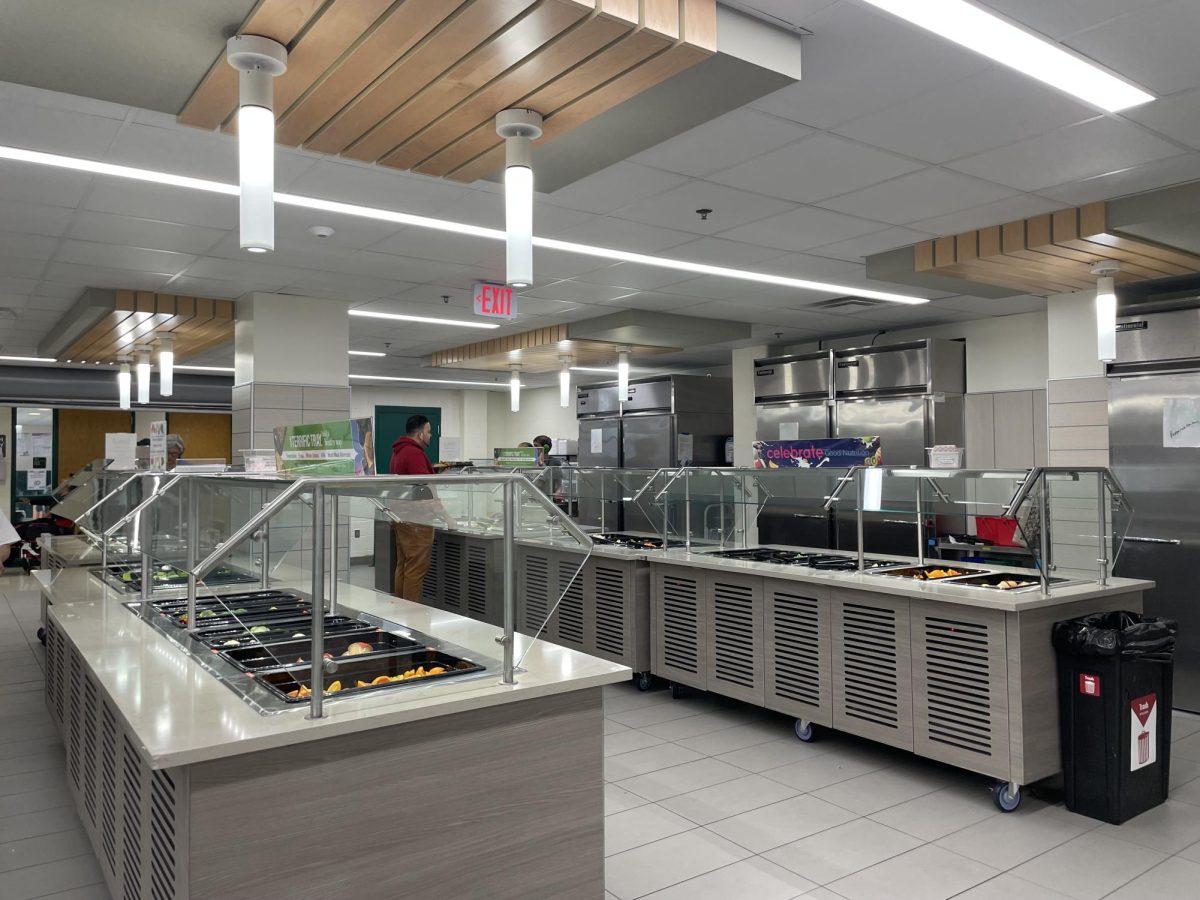
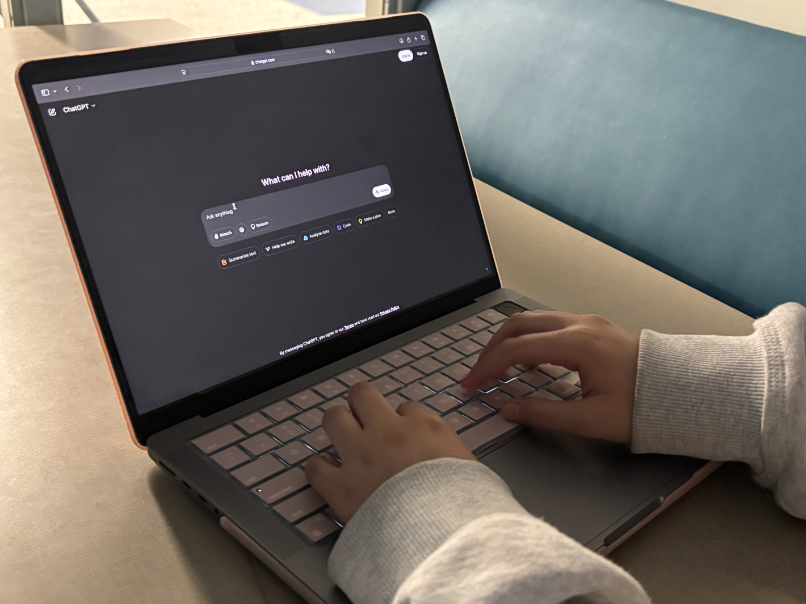







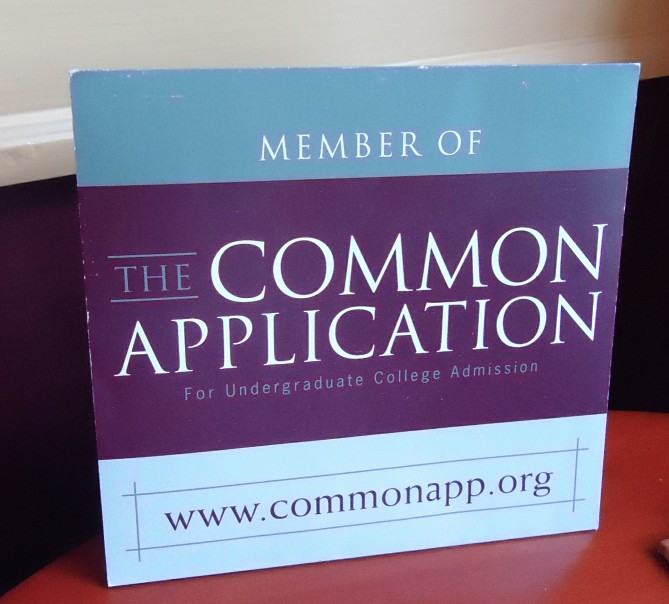


![[DEBATES] Prestigious colleges: value or hype?](https://www.mvviewer.org/wp-content/uploads/2024/12/buildings-1200x654.png)

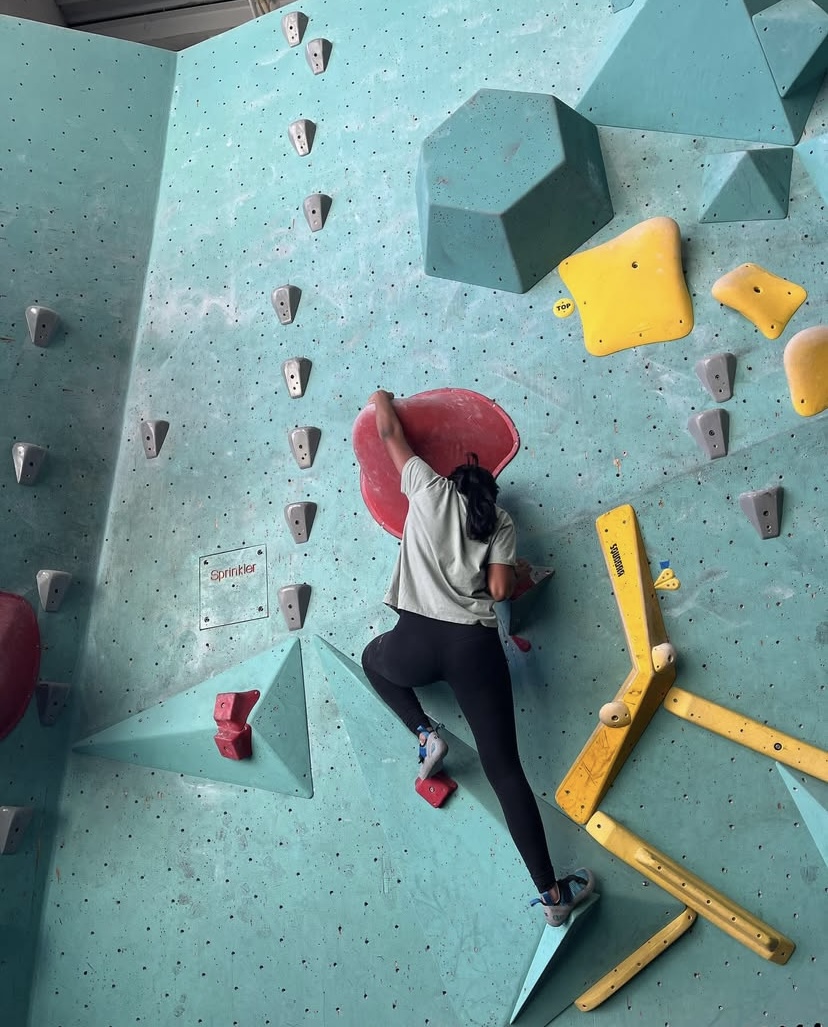


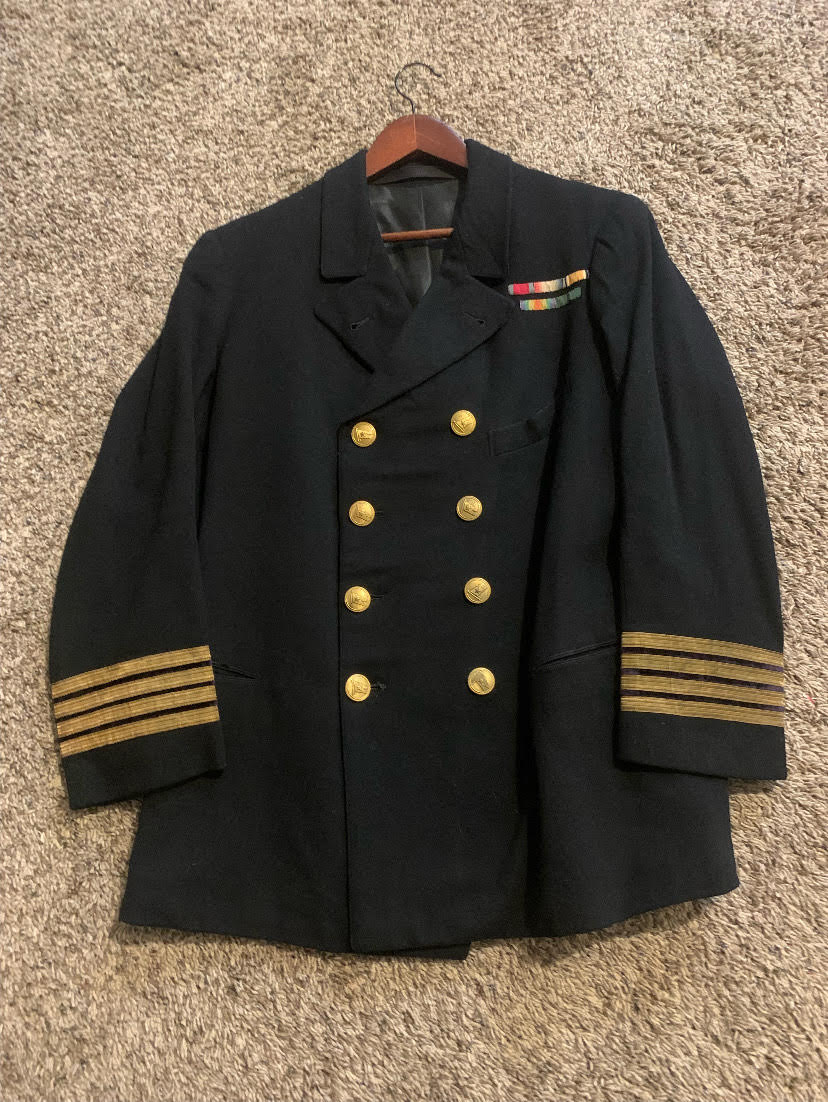
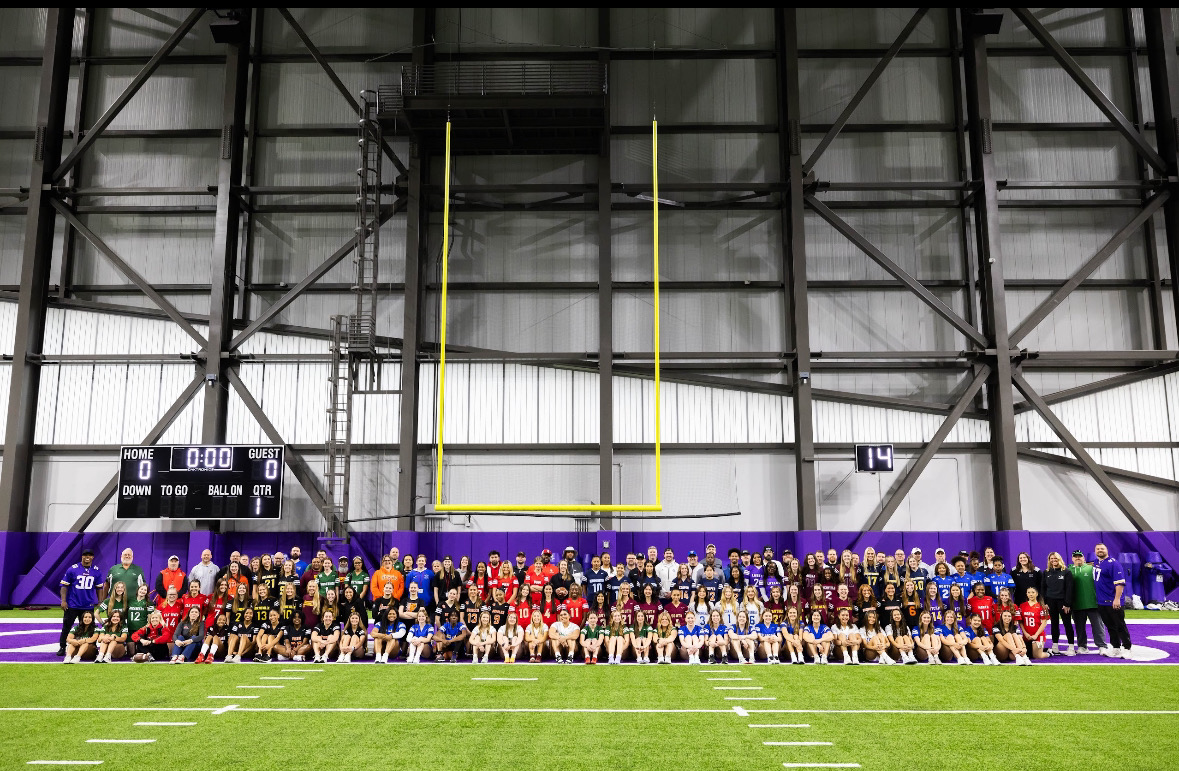
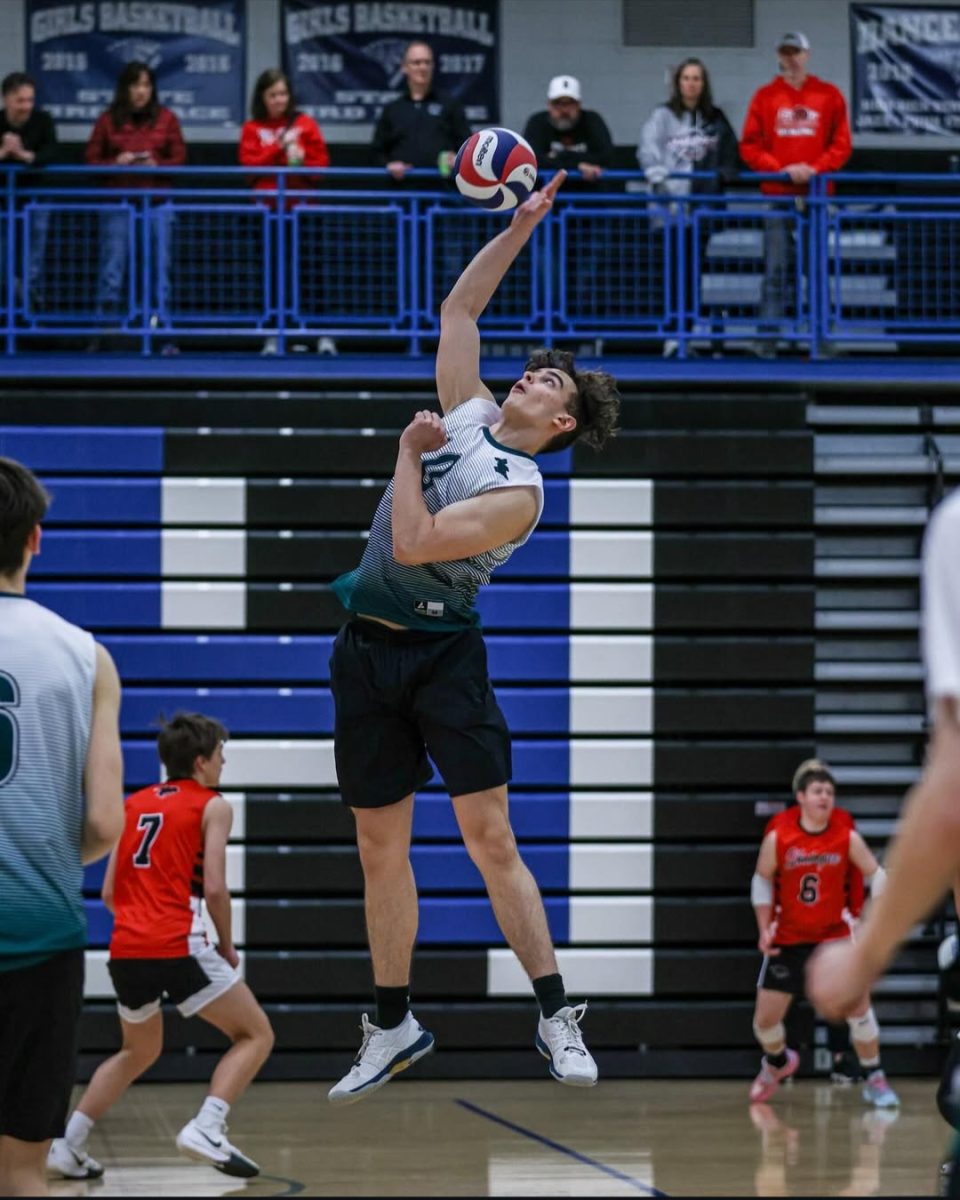









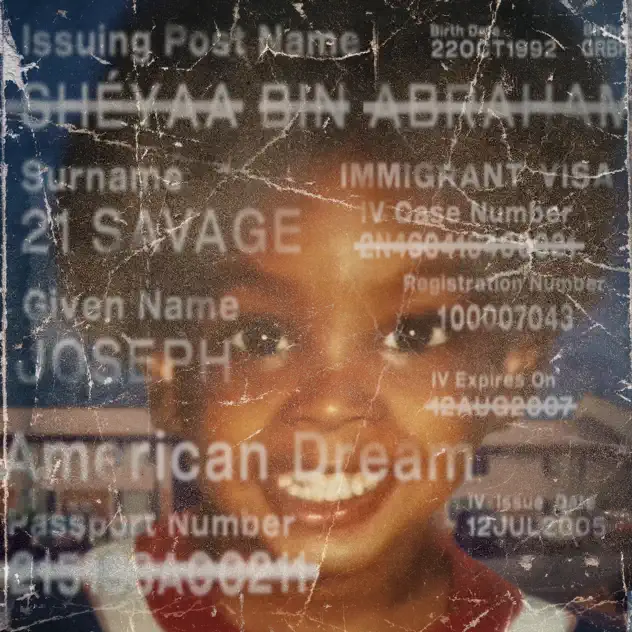






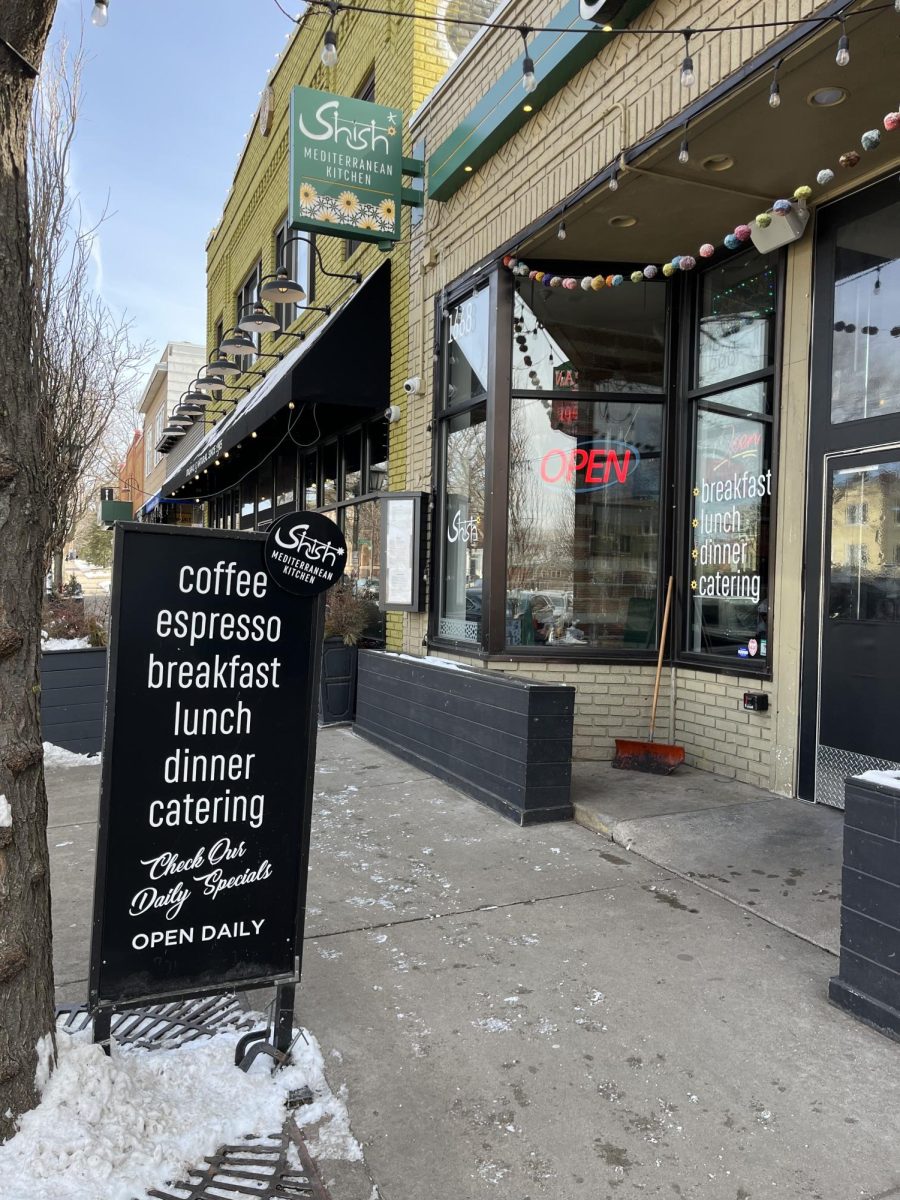




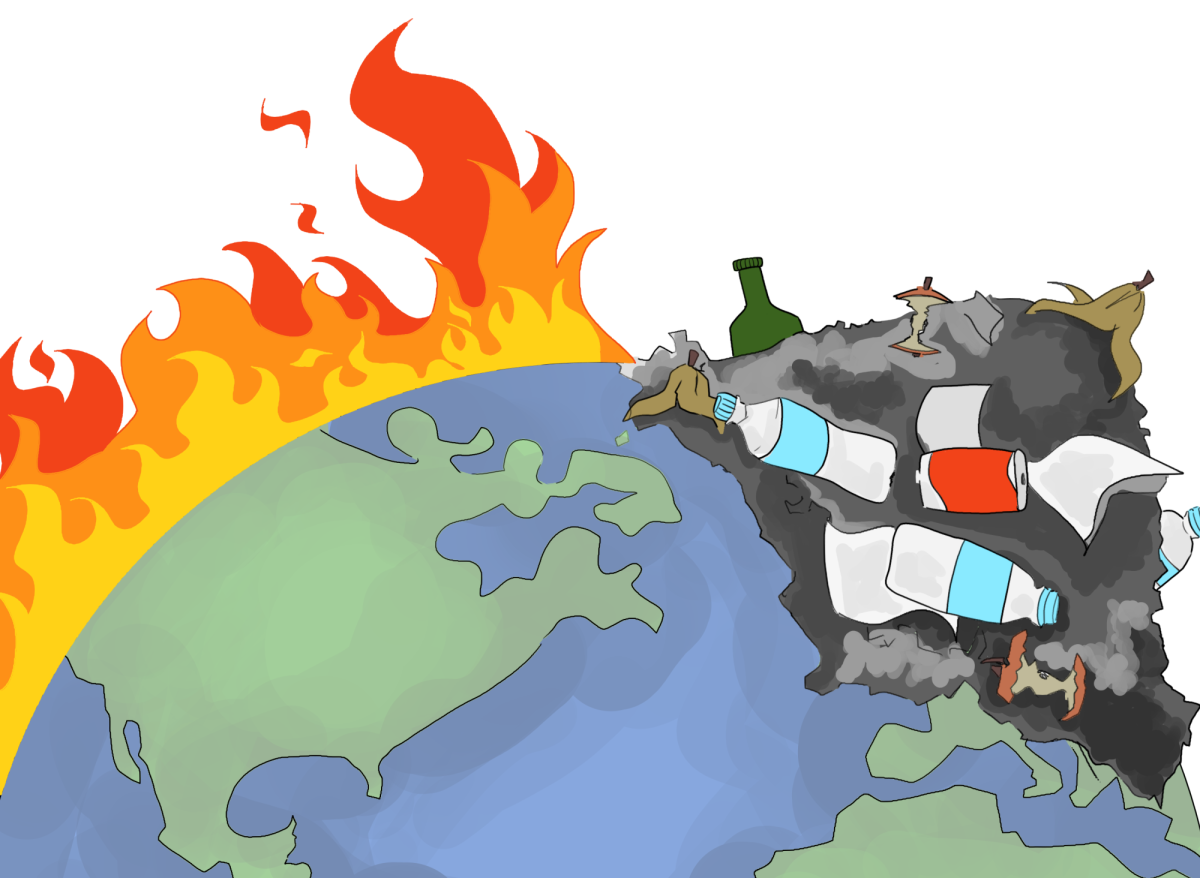


![[OPINION] The dark origins of TikTok's looksmaxxing trend](https://www.mvviewer.org/wp-content/uploads/2024/02/Copy-of-Copy-of-Untitled-Design-1200x675.png)









